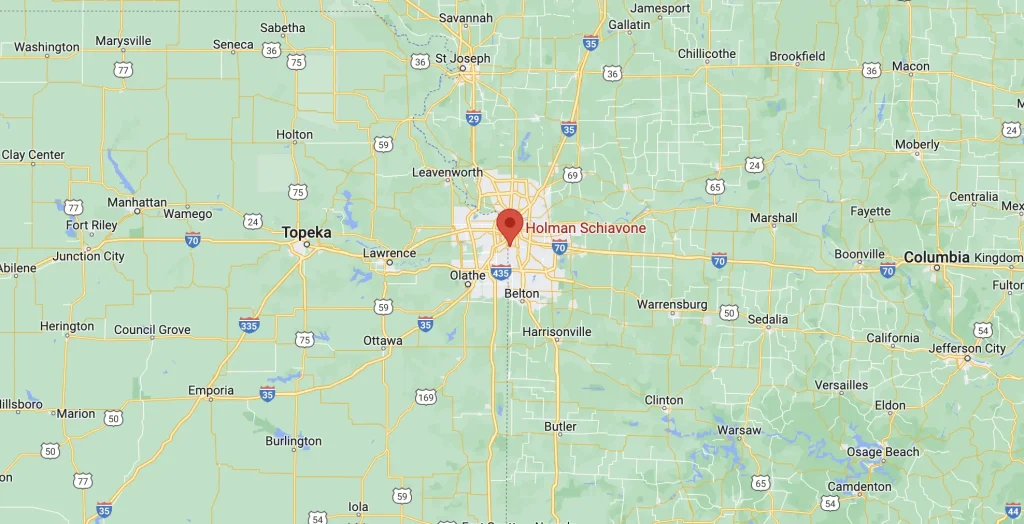Ensuring that construction sites and other workplaces are as safe as possible is a lofty, but worthwhile ambition. In 1970, The Occupational Safety and Health Administration was conceived as an entity to investigate improper workplace safety and to promulgate minimum safety regulations. OSHA enforces regulations related to many aspects of workplace safety. There are a variety of areas of compliance to which employers must adhere, including the following:
- Keeping employees informed of their rights.
- Training employees on proper safety procedures for handling dangerous materials or while engaging in hazardous tasks.
- Removing recognized dangers from the workplace.
- Providing workers with the proper gear to perform tasks safely when it is not possible to effectively remove a hazard from a work site. The safety gear should be provided to the workers free of charge.
- Keeping documentation pertaining to job-related injuries suffered by workers.
- Posting lists documenting OSHA citations and injuries.
If you believe that your employer is violating your right to a safe workplace, then you may file a complaint with OSHA. This will initiate an OSHA inspection to determine if the worksite is “up to code,” so-to-speak. If the OSHA inspector uncovers safety hazards then the inspector will meet with the employer and the employees, or their representative, to discuss how best to alleviate the danger.
These cases can follow several different routes such as workers’ compensation claims, litigation and OSHA investigations. Sometimes navigating all of these choices can be daunting, so it can be helpful to speak to an experienced attorney. Your employer must ensure you have a safe workplace. However, you are ultimately responsible for enforcing your own rights. Don’t let a cheap boss endanger your life or the lives of your co-workers.


